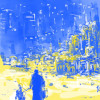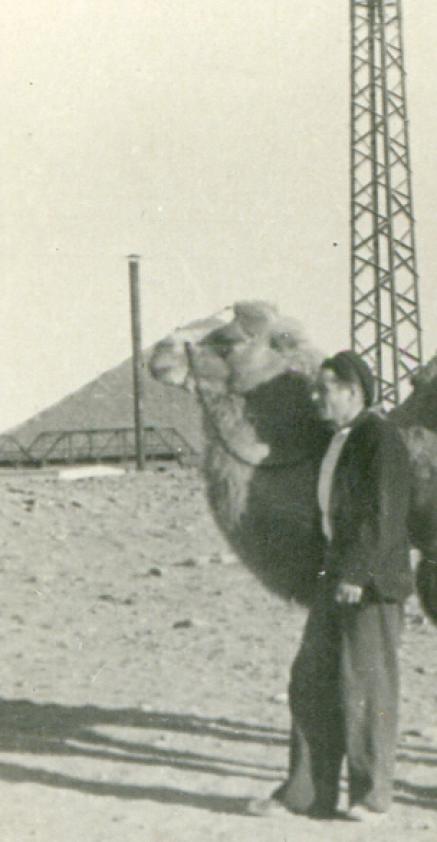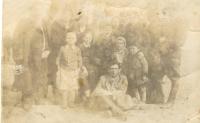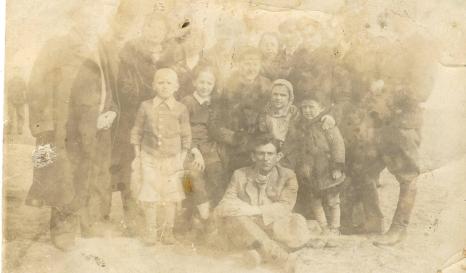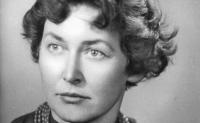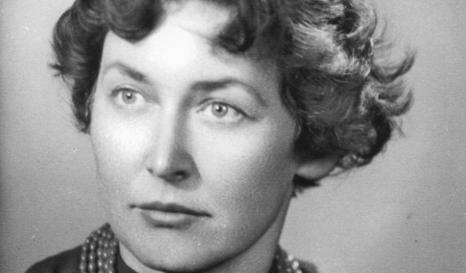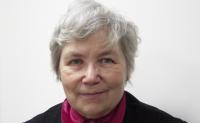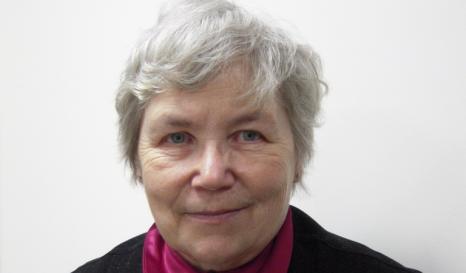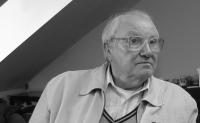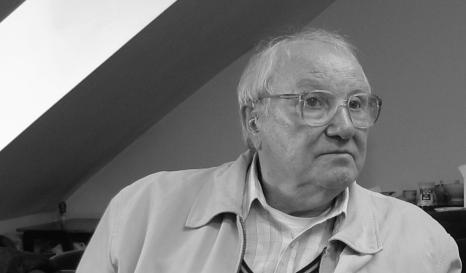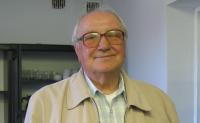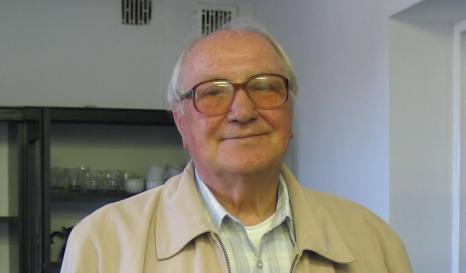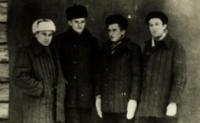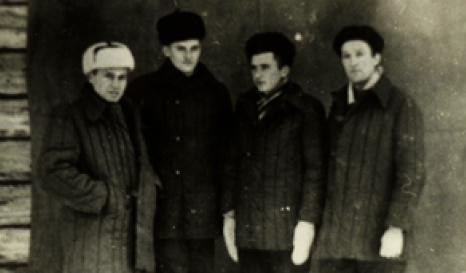ToPics
The steppe
Many of the deportees saw the steppes, vast semi-arid grassland plains, for the first time when they arrived at their resettlement places in southern Siberia or northern Kazakhstan. It is estimated that at the time of Stalin’s death in 1953, more than 600,000 exiles were living in the steppes of Kazakhstan, where massive prison complexes were located, such as Karlag (at Karaganda) and Steplag (“steppe camp”).
The steppe is an environment that shocks the newcomer by its extreme weather. Many deportees remember temperatures in the Kazakh steppes that could range from minus 40° C in winter to plus 40° C in summer. Deportees who had earlier been exiled to the Siberian taiga also note a major difference between the two: whereas in the forest of the taiga extra food resources could be found like berries, in the arid steppes only grasses grew that could not stave off hunger.
Steppe life also determined the deportees’ working lives. They mainly worked in mines, particularly copper mines, and on sovkhoz collective farms. Working in the steppe gave some a chance to see wild animals, but the ever-present wind, dust and storms marked the deportees’ bodies and minds.
French original: Jeanne Gissinger, Translation : Roger Depledge

